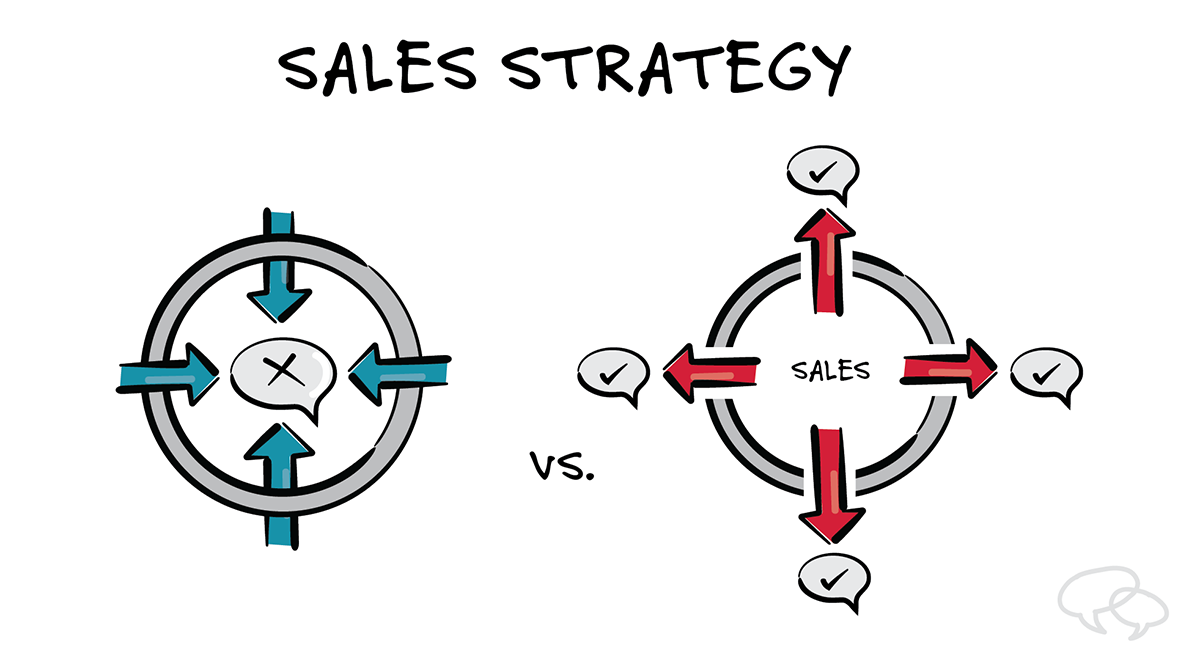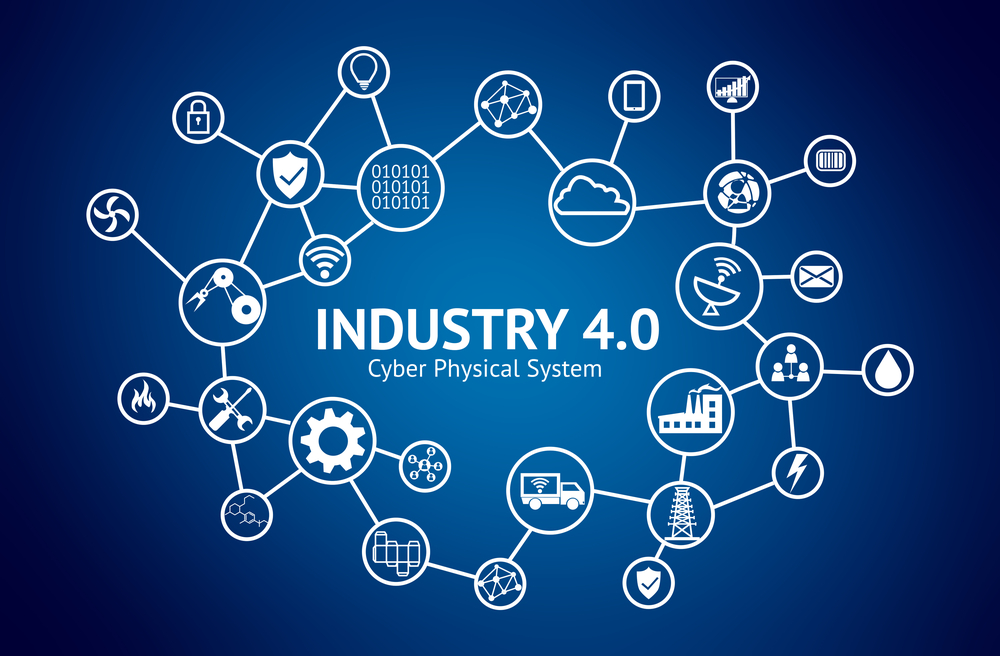Digital innovations (DI) are technologies that enable new products, services, and business models. They are also tools for enhancing existing products and services.
DI is becoming more important for companies. They need to make it a key part of their innovation strategy to stay competitive. Otherwise, they will lose their market share to more innovative companies.
Startup Market Entry Strategy
Entrepreneurs who use this strategy attempt to gain a competitive advantage by entering markets early. This approach allows companies to experiment with ideas directly in the marketplace, minimizing risk and speeding up commercialization. It requires a significant investment in capabilities and resources, but often yields the highest return on investments in both consumer and industrial goods markets.
The entrant’s product may offer superior differentiation or a lower cost than incumbent products. For example, the pioneer in a wireless communications market might have a superior level of customer service or a new way to access the market, such as by targeting specific segments rather than all customers. Alternatively, the latecomer might simply price aggressively, taking advantage of the incumbent’s tendency to average pricing across all segments.
In some cases, the entrant’s innovative technology gives it an edge for only a brief period, because incumbents catch on quickly. In these situations, the entrant must support its product launch with effective marketing, appropriate pricing and aggressive distribution strategies.
Business Model Innovation
Creating new business models or transforming existing ones is the core of digital innovation. It requires the identification of a clear-though not always obvious-customer need and realigning key resources, processes, and profit formulas around this new value proposition. This is a difficult process that can take leadership out of their comfort zone, but it can offer substantial growth opportunities and competitive advantage.
Digital innovation offers improved data and analytics which help businesses gain valuable customer insights. It also enables companies to automate tedious tasks and focus on more strategic initiatives. This helps employees work more efficiently and reduces the risk of errors.
Businesses that fail to adopt digital innovations are at risk of being overtaken by more tech-savvy competitors. In addition, implementing the right digital strategy can save money and increase productivity. For example, many businesses are now using low-code tools that solve simpler employee problems and allow professional developers to spend more time on the company’s technology.
Digital Customer Experience (DCX)
Digital customer experience (DCX) is a key aspect of customer engagement for future-proof businesses. This encompasses all communication, products, and services that customers encounter through a digital channel.
This includes everything from ordering a coffee ahead on an app to connecting with a doctor for a telehealth consultation, or even just shopping online. A strong DCX strategy is a significant differentiator, driving customer satisfaction and loyalty.
It also boosts conversions, revenue, and brand reputation. In addition, it’s a key element of customer experience management (CXM), which requires a seamless omnichannel digital experience. This has become especially important during’micro-moments,’ which are the brief interactions that occur throughout a customer journey. These include fast search responses, instant help and support, and personalised product recommendations. In addition, a strong DCX strategy is vital for digital innovation as it improves business efficiency and effectiveness. For example, a freight shipping company that implements a digital platform to automate feedback collection can make their processes and systems more effective.
Digital Transformation
Digital innovation is necessary for businesses to stay competitive and engage modern customers. Companies that don’t adopt these technologies will eventually be run over by more tech-savvy competitors.
Streamlining internal processes through the use of digital innovations can save money and help increase business efficiency. For example, Amazon uses automation and optimization in their warehouses to cut costs and improve operational efficiency. GE also utilizes digital innovations in their manufacturing process to reduce downtime and increase production.
Digital technologies can help automate mundane tasks, freeing employees up to focus on more strategic and complex work. They can also help reduce the amount of time it takes for employees to find information by providing centralized systems that allow them to access data and analytics easily. They can also help keep companies current with their audiences by providing them with targeted content that addresses their specific needs. This helps to build trust and loyalty with consumers which, in turn, leads to repeat purchases and/or retention contracts.






